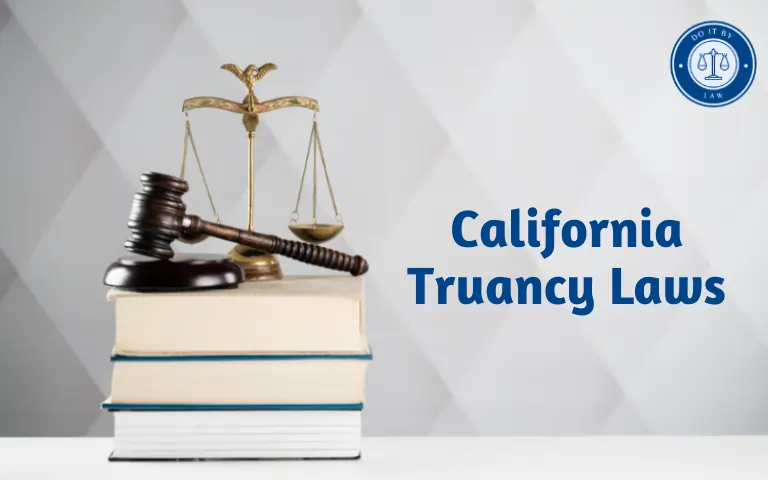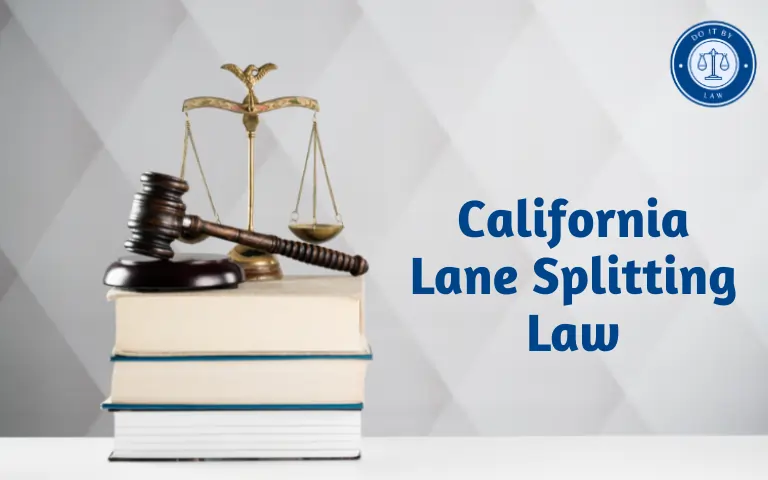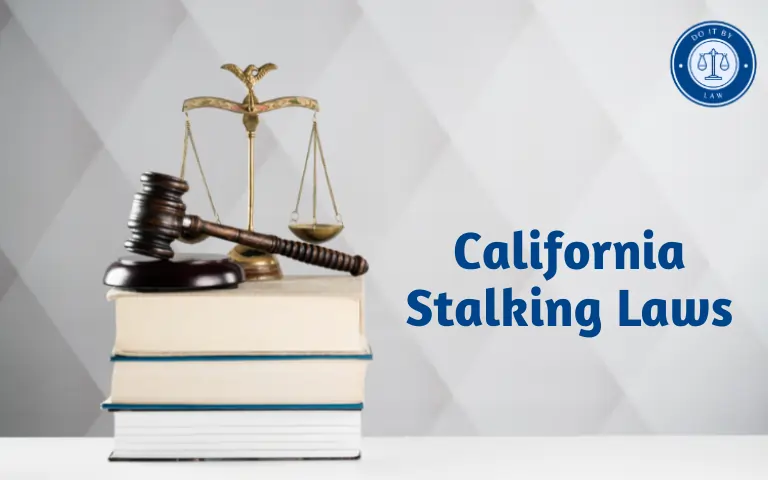California Truancy Laws: What You Need to Know
California State has strict compulsory education laws requiring school attendance for children. Unexcused absences can lead to serious truancy penalties for students and parents. Here’s an overview of California Truancy Laws statutes, penalties, exemptions, and related issues.
California’s first compulsory education law passed in 1874, requiring children ages 8-14 to attend school. This recognized the societal importance of basic educational opportunities for all youth. Over the decades, attendance requirements evolved into today’s comprehensive truancy laws compelling attendance and imposing consequences for unexcused absences.
The truancy laws aim to ensure children are engaging in essential instructional time rather than falling behind through excessive absences. School finance is also partially tied to student attendance under California’s education funding formula. However, critics argue harsh truancy enforcement disproportionately impacts disadvantaged families and criminalizes attendance issues stemming from deeper problems that warrant assistance, not punishment. Ongoing reform efforts aim to balance student needs, family realities, and public education’s primary goal of fostering learning.
Who California Truancy Laws Apply To
California truancy laws apply to:
- All children aged 6-18 are required to be enrolled in public, private, or charter schools unless legally exempted from compulsory attendance.
- Parents or guardians of enrolled students face penalties if children incur excessive unexcused absences.
- Schools, districts, and county offices of education are responsible for monitoring attendance and reporting truancy.
Children missing school temporarily due to illness, medical needs, funeral attendance, or other excused reasons are not considered truant. However, those with chronic unexcused absences face escalating interventions and penalties. Parents also may be punished for failing to compel school attendance.
Key Provisions of California Truancy Laws
Key California statutes establishing truancy rules, reporting and penalties include:
Compulsory Education Laws
- Education Code Section 48200 – Mandatory attendance for ages 6-18 unless exempted.
- Education Code Section 48231 – Parents must enroll children ages 6-18 in schools unless educated through other lawful means.
Truancy Definition and Reporting
- Education Code Section 48260 – Truancy is defined as the unexcused absence or tardiness by more than 30 minutes.
- Education Code Section 48261 – Schools must report initial truancy to parents.
- Education Code Section 48262 – Schools must report chronic truants to attendance supervisors.
Truancy Penalties
- Education Code Section 48293 – Penalties up to $500 fine against parents of truants.
- Penal Code Section 270.1 – Penalties up to $2,000 fine and/or up to 1 year imprisonment against parents of repeat truants.
- Penal Code Section 830.1 – Truancy enforcement duties authorized for peace officers and school administrators.
- Welfare and Institutions Code Section 601 – Habitual truancy may lead to juveniles being declared wards of the court.
Penalties for Violating California Truancy Laws
Truancy penalties progressively escalate under California law for unremediated cases:
Students
- Detention, fines, school discipline
- School attendance review boards and voluntary probation contracts
- Loss of driving privileges
- Juvenile court proceedings leading to mandatory interventions decided by a judge
- Community service mandates and compulsory programs like tutoring
- Possible fines of up to $100 against teens for habitual truancy
Parents
- Letters and conferences notifying of truancy issue
- Written warning notices to compel attendance
- Mandatory meetings with district staff and compulsory parenting classes
- Misdemeanor charges punishable by up to $500 fine
- Criminal prosecution is a misdemeanor with up to a $2,000 fine and/or up to 1 year in jail
School interventions aim to identify and alleviate truancy causes, but courts impose punishments if efforts fail. Critics argue punishing struggling parents is counterproductive.
Legal Exemptions to California Truancy Rules
Not all absences from school violate truancy laws. Legal exemptions include:
- Illness, medical, dental, and optometry appointments – With signed verification from a professional office.
- Quarantine ordered by county or city health officer.
- Attending funeral services of immediate family – Limited to 1 day in California.
- Exclusion for failing to meet immunization or physical exam requirements.
- Excused participation in religious instruction/exercises away from school property.
- Employment interview or conference authorized by school.
- Court appearances.
- Military families leave when a parent is deployed.
- Suspension once on school grounds.
- Absences are excused at the discretion of school administrators.
Parents should provide school documentation and timely notification whenever possible to establish excused status for any missed classes.
Recent Changes to California Truancy Laws
Some notable recent amendments impacting California truancy rules and processes include:
- Restricting driver’s license suspension as a penalty for truancy.
- Eliminating jailing students for truancy infractions.
- Enacting statewide standard definitions for excused and unexcused absences.
- Limiting court adjudication of truancy to cases with prior district and county interventions tried first.
- Establishing a right to legal counsel for students during truancy proceedings.
- Creating an application process for schools seeking state funds for truancy reduction programs targeting root causes rather than punishment.
- Precluding schools from suspending K-5 students for defiance or disruption and limiting the ability to suspend other students for minor misbehavior.
- Launching a statewide public awareness campaign to inform students and parents of attendance requirements and truancy report procedures.
Recent changes aim to address truancy in a more holistic, supportive manner focused on the student’s educational needs rather than punitive approaches. But mandated attendance remains the law.
Controversies and Challenges With California Truancy Laws
Aspects of California’s truancy laws continue generating debate, including:
- Excessive absences are allowable before truancy procedures are triggered, with critics arguing that 10-15% absentee rates are too high before interventions.
- Using truancy to generate revenue from families that lack the means to pay escalating truancy fines.
- Criminalization of struggling parents and the disproportionate targeting of disadvantaged families.
- Lack of transportation, affordable childcare, and accessible health services prevent some students from attending regularly vs. willful truancy.
- Inflexibility toward absences tied to family emergencies, disabilities, homelessness, and need to work.
- Difficulty ensuring attendance in remote learning environments.
- Balancing parental rights, student welfare, and delivering quality public education.
Ongoing efforts aim to address underlying chronic absenteeism factors with support systems rather than punitive sanctions.
Truancy Prevention Tips for Parents
Parents play a key role in ensuring attendance. Useful prevention tips include:
- Set expectations for consistent daily attendance from a young age, avoiding permissiveness.
- Implement consistent morning and bedtime routines to allow adequate sleep and preparation.
- Provide nutritious meals/snacks and verify completed homework.
- Reduce absenteeism tied to minor illnesses without missing essential learning time.
- Avoid scheduling non-emergency medical and dental appointments during school hours.
- Discuss any teasing, bullying, or other issues making your child reluctant to attend. Inform the school and enlist their help in addressing problems.
- If school anxieties or refusals arise, pursue counseling and school interventions immediately when problems first manifest.
- If transportation barriers contribute to absences, develop backup plans with family or community resources.
- Know the school attendance policies and required absence verification procedures. Provide required notes promptly.
With supportive engagement, parents can help get struggling students to school and back on track.
Conclusion
California’s truancy laws underscore the priority placed on compulsory education. But thoughtful reforms recognize that casting struggling families as villains fails to serve student needs. A supportive approach accounting for individual circumstances shows promise for improving attendance without punitive harm. However, parents must make diligent efforts to comply, carefully document excused absences, and collaborate with schools to maximize student participation and success. With good faith partnerships between educators and families, students benefit most.







